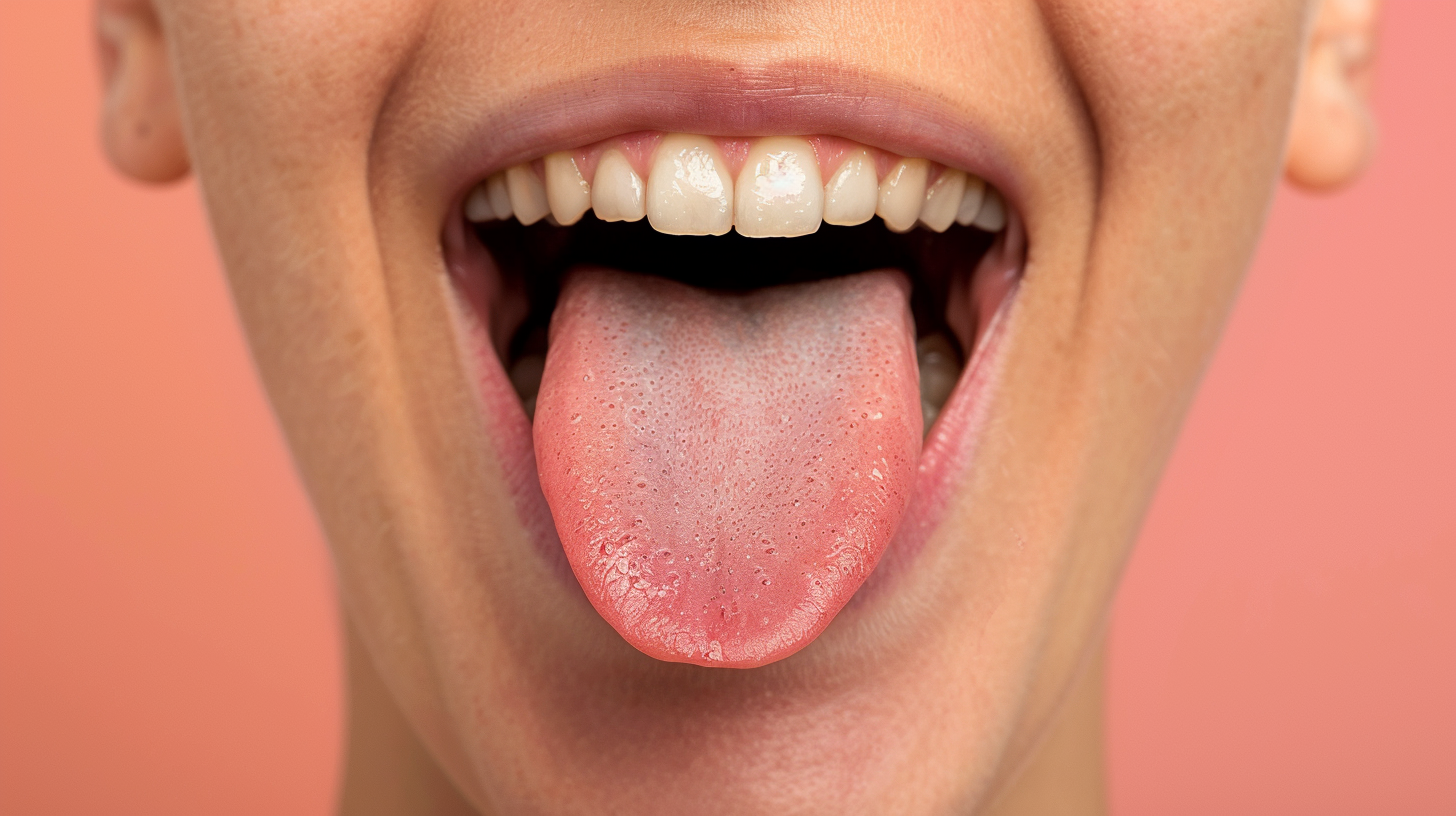When most people think about nutrition, they focus on weight, energy, or immunity. But did you know that what—and how—you eat actually shapes your airway and breathing for life? At BreatheWorks, we see firsthand how food choices, textures, and chewing habits play a key role in jaw development, facial structure, and long-term airway health.
The Forgotten Power of Chewing
Historically, human diets included tough, fibrous foods: raw vegetables, whole grains, and unprocessed meats. Chewing these foods required effort, building strong jaws and broad dental arches. Today, many diets rely on soft, processed foods—think pasta, bread, yogurt, and smoothies—which require much less chewing.
- Research by Dr. Daniel Lieberman (Harvard University) shows that children who eat tougher foods develop larger jaws and wider dental arches, making airway obstruction and crowding less likely (PNAS, 2017). He points out that hunter-gatherer populations, who eat unprocessed diets, rarely need orthodontic intervention, while over 90% of Western children require braces or have dental crowding.
- Breath author James Nestor highlights that the transition to soft diets in the modern era has led to a dramatic rise in crooked teeth, smaller jaws, and airway dysfunction. He notes that in the 1800s, dental crowding and malocclusion were rare—now they are the norm.
Soft Food, Small Airways: The Clinical Consequences
- A 2016 study in the American Journal of Physical Anthropology found that populations eating traditional, unprocessed diets had lower rates of dental crowding and sleep apnea than those consuming modern, soft diets.
- Children who eat mostly soft foods are at increased risk for underdeveloped jaws and narrowed airways—which can lead to mouth breathing, snoring, and sleep-disordered breathing.
- Narrowed dental arches don’t just affect teeth. They directly impact airway size, making breathing during sleep and exercise less efficient and increasing the risk for obstructive sleep apnea (OSA).
Developmental Windows: Why Early Habits Matter
The effects of chewing start early. Studies show that introducing a variety of food textures during infancy and childhood—when bones are still growing—has the greatest impact on facial and airway development.
- Research in the Journal of Dentistry for Children found that toddlers who were given harder foods and encouraged to self-feed developed broader jaws and better chewing patterns than those fed mostly purees or processed snacks.
- Once bone growth slows (after puberty), it becomes much harder to correct these issues without orthodontic or surgical intervention.
What Can Parents and Adults Do?
- Incorporate raw veggies, fruits, and nuts to promote jaw strength.
- Encourage children to chew tougher foods (within safety limits) instead of always choosing soft options.
- Avoid over-processing: Skip the blender for some meals and let the jaw do the work!
- Be mindful of pacifier and bottle use: Prolonged use of pacifiers and bottles is associated with higher rates of mouth breathing and altered jaw growth (Int J Pediatr Otorhinolaryngol, 2015).
Real-World Example: The Power of Food Texture
One BreatheWorks family noticed their child’s mouth was always open, and he struggled with eating tougher foods. After switching snacks from crackers and yogurt to apple slices, carrots, and dried meat, they saw improvement in his jaw strength and less mouth breathing within just a few months.
The Big Picture
Your diet is about more than nutrition—it’s a tool for shaping your airway, sleep, and lifelong health. At BreatheWorks, we help families understand the hidden links between what you eat, how you chew, and how you breathe. Addressing these early can prevent a lifetime of airway and sleep struggles.



